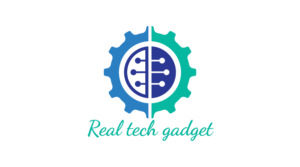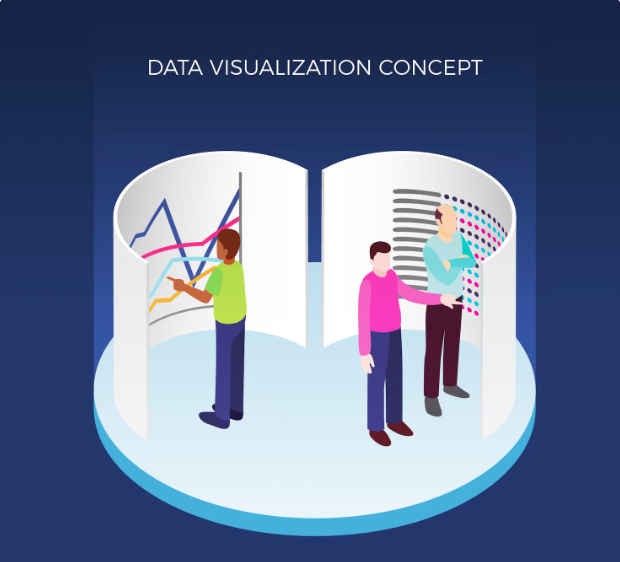Causal Inference Frameworks: Distinguishing Prediction from Causation with Do-Calculus and Propensity Score Matching
Imagine walking into an ancient library where every book contains a story of cause and effect. Some scrolls tell you what is likely to happen next, while others reveal why it happened in the first place. Causal inference belongs to this second category. It does not merely predict the next chapter of a narrative. It asks who moved the plot, who influenced the events, and what hidden strings shaped the outcome. Researchers and analysts dealing with complex systems crave this level of clarity because prediction without understanding can be like navigating fog with a compass that only points forward.
In many learning environments, including those informed by data science classes in Bangalore, the distinction between prediction and causation becomes the central riddle. Causal inference attempts to decode this riddle with formal tools that separate correlation from truth. It studies interventions, consequences, and the invisible mechanisms that make outcomes unfold.
Seeing the World as a Network of Interactions
Causal inference begins with the recognition that every system is a network of interdependencies. Think of it as a vast garden where plants thrive not only because of sunlight but also due to soil chemistry, pollinators, moisture, shadows, and competing roots. A simple model might tell you that taller plants produce more flowers, but a causal model investigates whether increasing height would actually boost flowering or whether both traits result from nutrient-rich soil.
This subtle but powerful shift in thinking forms the core of causal analysis. In this garden metaphor, one cannot intervene without imagining the consequences rippling through the ecosystem. Causal inference offers a structured map of these ripples. It helps researchers step back from the appearance of association and focus instead on the direction of influence. Such a mindset prepares analysts to ask deeper questions about policy decisions, healthcare interventions, and digital experiments.
Using Do Calculus to Decode Intentional Change
Judea Pearl’s Do Calculus provides a mathematical language for exploring what happens when the world is nudged intentionally. Imagine an intricate machine with hundreds of interacting wheels. Observing the machine tells you how it behaves. But actually pressing a lever gives you knowledge about the mechanism itself. Calculus formalises this intervention. It allows researchers to isolate the impact of a specific action by cutting the natural dependencies in the system.
In practical terms, the do operator helps answer questions that simple observational data cannot. For instance, suppose a digital platform wants to know whether sending personalised learning reminders increases student completion rates. Predictions can tell you who is likely to complete a course. But only causal reasoning reveals whether forcing the reminder changes the outcome. Do Calculus uses structured rules to modify the data-generating graph and allows analysts to simulate worlds where a particular decision has been made. This transforms raw data into a sandbox of alternate realities.
This storytelling approach to intervention often resonates with learners, particularly those exposed to analytical thinking frameworks in data science classes in Bangalore. Calculus demonstrates that understanding outcomes requires more than modelling correlations. It requires a reimagining of the data landscape as a set of possible worlds where interventions take centre stage.
Balancing Worlds with Propensity Score Matching
Propensity Score Matching is another pillar of causal inference. It plays the role of a fair judge in a crowded courtroom. When researchers cannot run controlled experiments, they must still compare treated and untreated groups. But these groups rarely look similar. Some people may be more likely to receive treatment due to their age, income, health condition, or prior habits. Comparing them directly would be misleading.
Propensity Score Matching creates balance by identifying individuals across groups who share similar characteristics. It builds pairs or sets that resemble each other on all relevant dimensions except the treatment itself. The method reduces bias by ensuring that the comparison is not between apples and oranges but between two apples, where one happened to be polished and the other not.
This technique is heavily used in economics, public policy, and behavioural science because it allows causal conclusions to be drawn from messy real-world data. It answers questions such as whether a new hiring programme genuinely improves employment outcomes or whether healthier workers simply self-select into it. Propensity Score Matching rebalances the data narrative so that treatment effects emerge clearly.
Why Prediction is Not Enough
Modern industries rely heavily on predictive analytics. Yet prediction can only forecast outcomes without explaining their underlying mechanisms. It is like knowing that a storm is coming without understanding the meteorological forces that created it. In many fields, this surface-level insight is insufficient. Businesses want to know why customers churn, not just which customers might churn. Healthcare researchers want to understand whether a drug causes improvement, not simply whether improvement is correlated with drug intake.
Causal inference steps into this gap and provides the frameworks to answer why. Prediction is a story of patterns. Causation is a story of forces. Understanding this difference empowers organisations to design better policies, allocate resources intelligently, and avoid misleading interpretations that arise from spurious associations.
Conclusion
Causal inference transforms data analysis from reading the weather to rewriting the climate. Tools like Do Calculus and Propensity Score Matching allow analysts to construct alternative realities and compare them meaningfully. They reveal the machinery of influence behind observable events and guide decision-making with clarity instead of assumptions.
For researchers, businesses, and technologists, causal reasoning provides the backbone of responsible and strategic insight. It elevates analytics from passive observation to active understanding. As data-driven decision-making continues to shape industries, causal inference stands out as the compass that points not just to what is likely, but to what is true.

